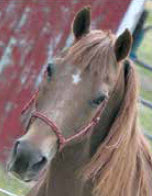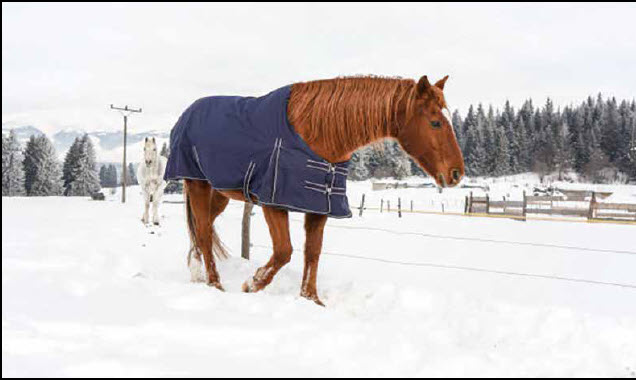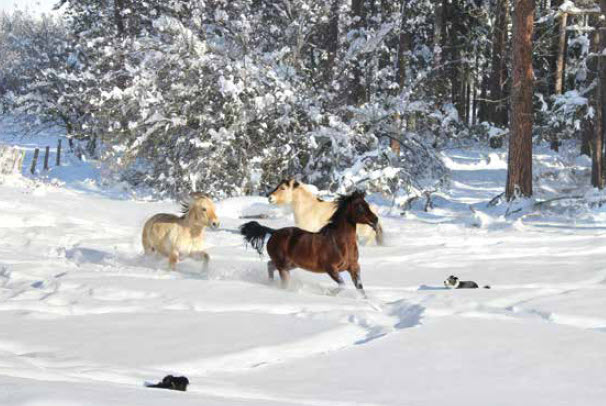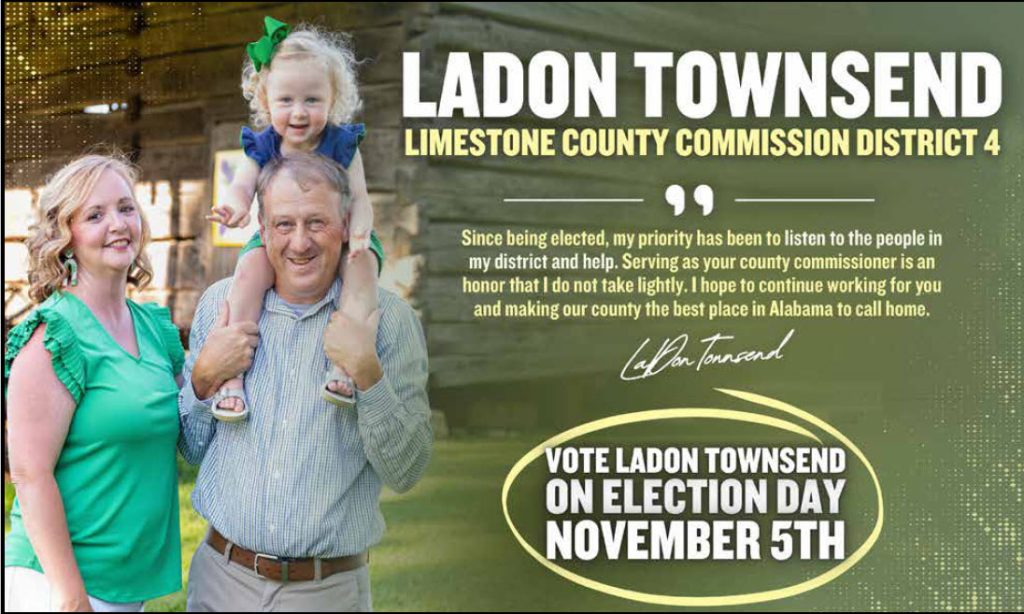 By: Deb Kitchenmaster
By: Deb Kitchenmaster
There actually is a poem written by Roberta Hill/Whiteman entitled, “Horses in Snow.” You might want to check her out.
Let’s ask the questions and look at the facts around how horses fare in the weather we are currently experiencing here in the South.
In the absence of wind and moisture, horses tolerate temperatures at or slightly below 0⁰F. Now if horses have access to a shelter, they can tolerate as low as -40⁰F. Imagine that. That is reassuring to horse owners in northern states but can challenge the mindset of some in the South. However, horses are most comfortable at temperatures between 18⁰F and 59⁰F, depending on their coat. The wind is a factor for the safety of your horse because strong winds can ruffle the horse’s hair and disturb the insulating layer of warm air trapped beneath it.
How can you check to see if your horse is warm enough? Place your hand up under the horse’s rug and feel his shoulders and chest area, you can get a quick reading of body warmth.
What signs would indicate to me my horse is too cold? Shivering! Horses, like people, shiver when they’re cold. They are working to try and keep warm but need help. A tucked tail can also indicate that a horse is trying to warm up. Like stated earlier, direct touch is a good way to tell how cold a horse is.
Keep in mind that horses acclimate to winter conditions extremely well but need to escape the bitter winds and moisture. This is a statement worth repeating. In cold temperatures, however, horses prefer and are better off outdoors. Important facts: (1) Provide water at a temperature between 45⁰F and 65⁰F to encourage adequate water consumption. (2) Feed extra hay. Horses often need extra energy to keep warm.

Let’s look at horse blankets. A horse blanket or rug is a blanket or animal coat intended for keeping a horse or other equine warm in the midst of wind, moisture, and colder temps. Examine the coat of ONE specific horse. If this particular horse has lost its hair coat, it is harder for that one to keep warm. The blanket will act as healthy coat hair, trapping in heat from the body. What signs do I look for to tell me my horse needs me to remove the blanket? Is the horse sweating? This can be under the blanket, along the neck, or behind the ears. Other signs the blanket needs to be removed are if the horse is breathing heavily, there is a change in behavior, or if the horse is rubbing the blanket to try and remove it. Notice your horse. He may be whispering or shouting, but he is expressing to get your attention.
Recently, my granddaughter came down to spend some time with Grandma and horses. A moment I shall treasure forever is when we were going to check the mail together after we had spent some time with the horse in the barn and round pen. Out of the clear blue, she said to me, “Grandma, when I was on Ruie’s back with my eyes closed, I told him, ‘I trust you, I trust you, I trust you.’” I nodded. Then she broke the silence and said, “But I NEVER KNEW horses talk back.” You have no idea what was happening in this grandma’s heart! We had never talked about this subject. Never! I had no words, just simply nodded my head in my granddaughter’s discovery. After more silence, she said, “He told me, ‘I trust you, too, Emma.’” Writing about horse blankets brought this tender moment to my pen with such gratitude and thanksgiving towards Emmanuel (God with us) who bring such revelations. Even to little people.
We see the value and importance of the horse’s coat. Do you see the value and comfort of your coat? Your coat is a robe with many pockets, a robe of righteousness! Jesus who knew no sin became sin that we might BECOME the righteousness of God. Enjoy your horse, enjoy your robe.
Your NEIGH bor
Deb Kitchenmaster









 October 18, 2024
October 18, 2024




